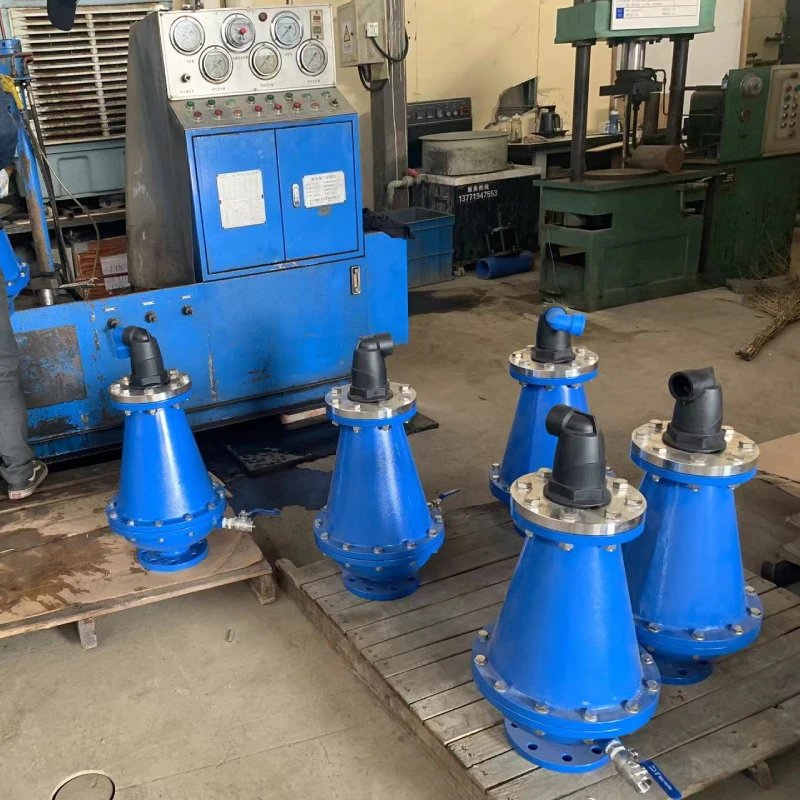Effective Methods for Repairing Stainless Steel Pipes and Ensuring Long-lasting Durability
Stainless Steel Pipe Repair Techniques and Solutions for Longevity
Stainless steel pipes are widely appreciated in various industries for their durability, corrosion resistance, and aesthetic appeal. However, like any material, they are not immune to damage. Over time, factors such as physical stress, thermal expansion, or exposure to harsh chemicals can lead to wear and tear, necessitating repairs. Understanding the effective methods for stainless steel pipe repair is crucial to maintaining the integrity of these installations and ensuring their longevity.
Identifying the Problem
Before initiating any repair work, it is essential to identify the type and extent of the damage. Common issues include cracks, leaks, corrosion, and dents. Visual inspections can help reveal surface-level problems, but more serious issues like internal corrosion may require advanced techniques such as ultrasonic testing. Ensuring a thorough assessment will guide the choice of an appropriate repair method, ensuring that the underlying problems are adequately addressed.
Basic Repair Techniques
1. Patch Repair For small leaks or cracks, a patch repair might be sufficient. This method involves cleaning the damaged area, applying a suitable adhesive with a stainless steel patch, and then sealing the edges with a durable sealant. This technique is especially effective for isolated damage and is relatively quick and straightforward.
2. Welding For more extensive damage, welding is often the go-to solution. Techniques such as TIG (Tungsten Inert Gas) or MIG (Metal Inert Gas) welding can effectively restore the structural integrity of stainless steel pipes. The choice of welding technique often depends on the thickness of the pipe and the nature of the load it must bear. Proper preparation, including cleaning the surfaces and choosing compatible filler materials, is critical for achieving strong welds.
stainless steel pipe repair

3. Mechanical Couplings If a section of a pipe is severely damaged, it may be more practical to replace the damaged segment altogether. Mechanical couplings offer a reliable method of connecting new pipe sections to existing ones without extensive welding. This approach is less labor-intensive and allows for easier future repairs.
4. Epoxy Resins For minor leaks or surface damage, epoxy resins can provide an effective solution. These compounds are specially formulated to bond with stainless steel and can create a water-tight seal. The application process generally involves cleaning the damaged area, mixing the epoxy, and applying it directly to the surface. Once cured, epoxy can withstand considerable pressure and is resistant to most chemicals.
Preventive Maintenance
While repair techniques are invaluable, the best strategy is always prevention. Regular inspections can help identify potential issues before they escalate. Factors such as pressure levels, temperature fluctuations, and exposure to corrosive substances should be monitored closely. Implementing a routine maintenance schedule that includes cleaning, inspections, and prompt repairs can greatly extend the lifespan of stainless steel piping systems.
Conclusion
In summary, stainless steel pipe repair is an essential aspect of maintaining systems across various industries. Whether it involves patching small leaks, executing precision welds, or employing mechanical couplings, a range of techniques is available to address damage. The key lies in identifying the issue accurately and choosing the right repair method for the situation. By focusing on repair and preventive maintenance, businesses can ensure that their stainless steel piping remains both functional and reliable for years to come. As the old adage reminds us, an ounce of prevention is worth a pound of cure.
-
Square Sewer Cover Enhances Urban SafetyNewsAug.01,2025
-
Pipe Fitting Requires Precise AlignmentNewsAug.01,2025
-
Manhole Step Is DurableNewsAug.01,2025
-
Manhole Cover Is Found WorldwideNewsAug.01,2025
-
Hole Cover Frame On RoadsNewsAug.01,2025
-
Gully Grate Improves Road SafetyNewsAug.01,2025
-
Man Hole Cover Round Load CapacityNewsJul.31,2025
